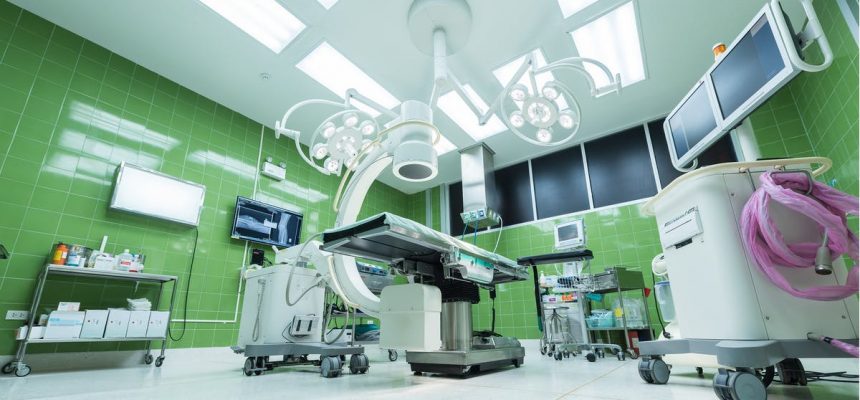New Study Suggests Bundled Payments Are Working
By Consumers for Quality Care, on September 12, 2018

According to a new study, the ACA’s bundled payment program is working better than some expected, Vox reports. The program pays hospitals a single, flat amount for joint replacement surgeries. The program aimed to get hospitals to lower the costs of these surgeries while maintaining or improving consumers’ quality of care.
The hope for bundled payments is that because providers receive a flat payment for a 90-day period, they will have strong incentives to perform the initial procedure in the most cost-effective way while also maintaining their quality. The idea is to avoid complications that require the patients to be readmitted, which will cost the hospital more money even though they won’t be paid more by Medicare.
The program initially appeared successful, but still some health economists worried that it would lead to negative consequences.
Would hospitals start performing more surgeries, which would erase any savings to Medicare? And would they start becoming more selective about their patients to avoid particularly costly ones?
A new study published in JAMA has answered “no,” to both of those fears. According to the study, neither the number of procedures nor the type of patients has dramatically changed. The study quells some of the concerns about the program’s impact and supports hopes that bundled payments could help curb the health care cost curve.
You might expect hospitals to look to maximize their profits if Medicare starts paying less money per procedure. But the lack of a response they found is good news if you believe in bundled payments as one way of bending the cost curve.
The Trump administration is expanding bundled payments for joint replacements, as well as considering them for procedures like cancer treatments and heart stents. Ezekiel Emanuel, one of the study’s authors, hopes that the model can be expanded to more procedures in the near future.
Bundled payments, Emanuel said, encourage hospitals and doctors to find more efficient ways of performing these procedures. Because they receive a flat amount, any savings they achieve go right into their pocket… “Bundles, you can see savings in thousands of dollars in a year or two,” Emanuel told me. “It focuses attention in a very productive way, and you do see results relatively quickly.”



